Explore a sustainable skincare village in Parma, Italy
Davines Village in Parma, Italy is an experiment in truly sustainable beauty production
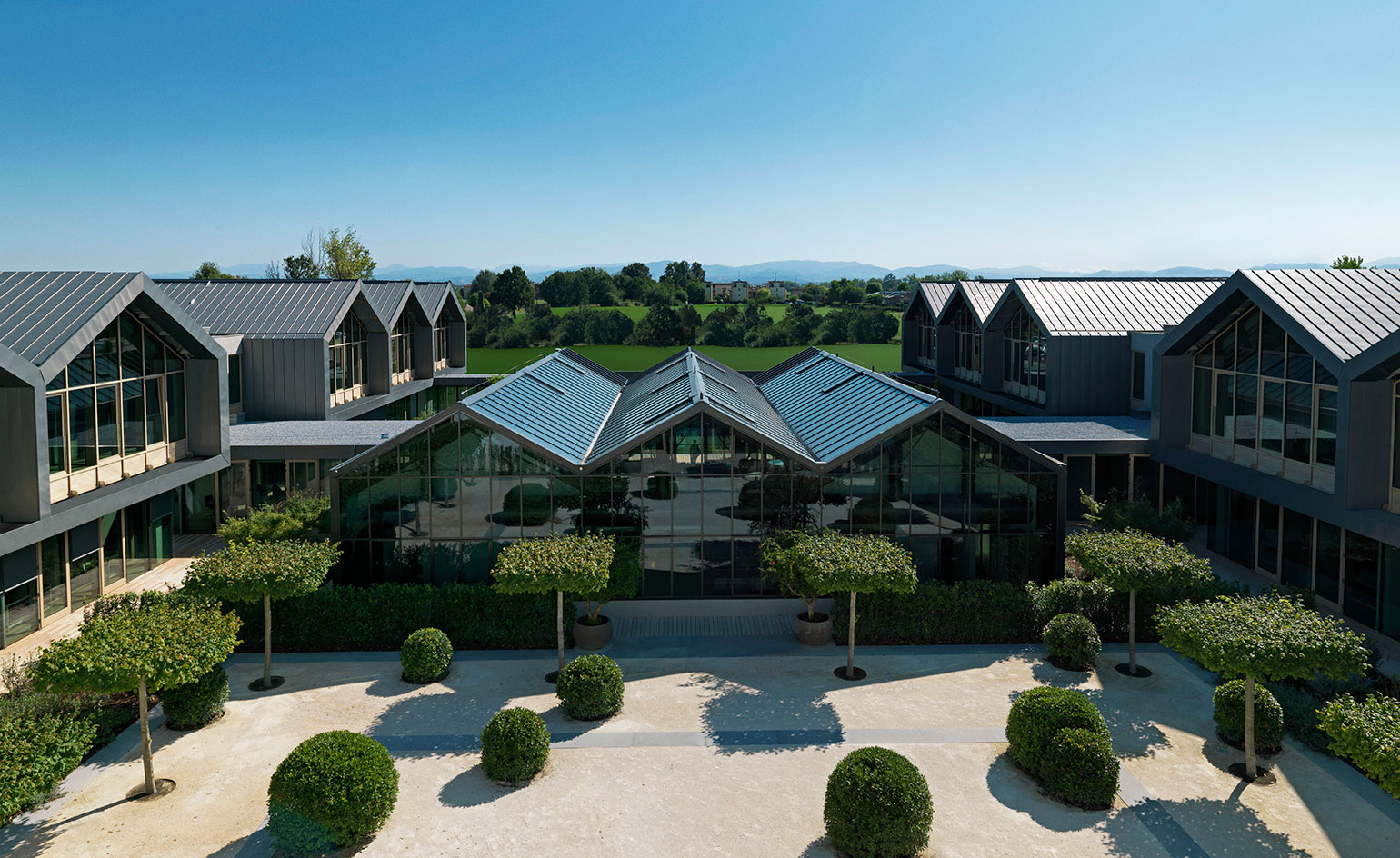
Creating a sustainable beauty brand is always a noble but inevitably fraught endeavour. Without even an established definition of what ‘sustainable beauty’ means – does the packaging have to be recyclable? must the formulations be vegan? – it can be difficult to distinguish which brands really deserve the moniker and which are just using it for show.
Yet even the fiercest sustainability crusader would have to concede that Davines is living up to the title. The Parma, Italy based brand was founded as a cosmetics lab in 1983, before eventually creating its own hair care line, Davines, in 1993 and then a skincare line, [comfort zone], soon after. Over the course of those 38 years, Davines has distinguished itself from other beauty brands with its earnest and transparent attempts to be eco-conscious.
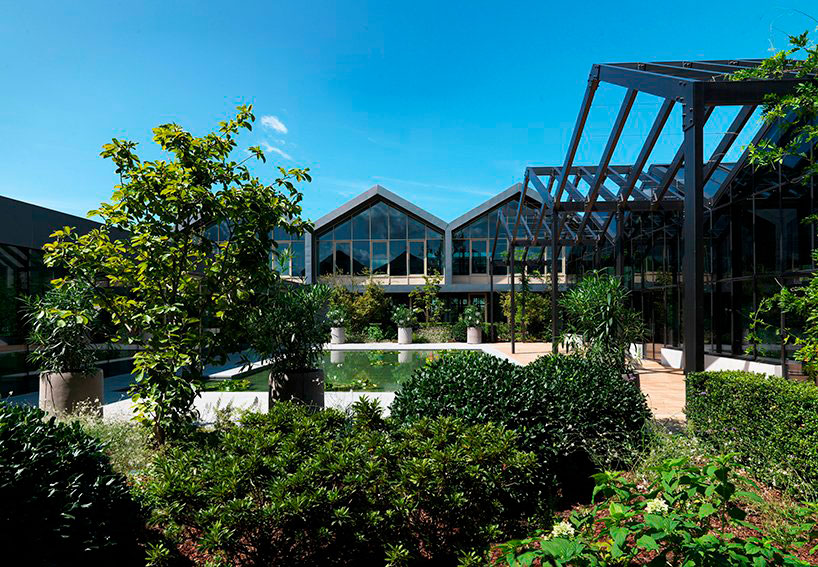
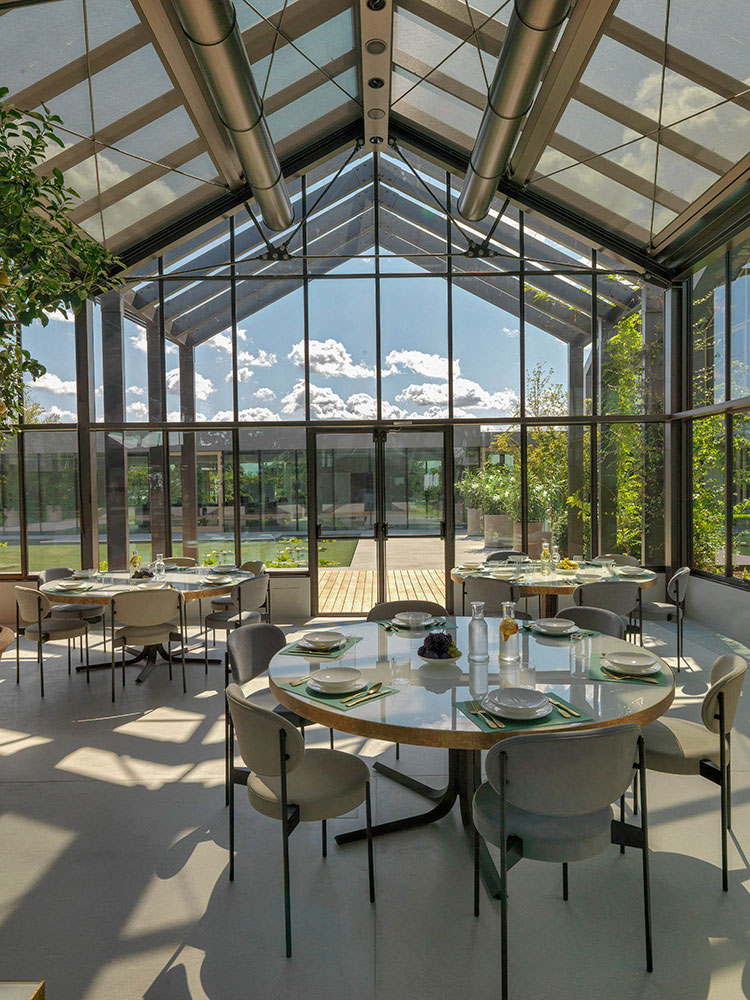
The most evident example of this is Davines Village, a 77,000 sq m expanse of garden and laboratory in the Italian countryside. The building complex at the heart of the village was designed by Matteo Thun & Partners with interiors by Molteni&C|Dada, and consists of offices, a research laboratory, a production plant, a warehouse, and a large central greenhouse that is both a restaurant and a co-working area.
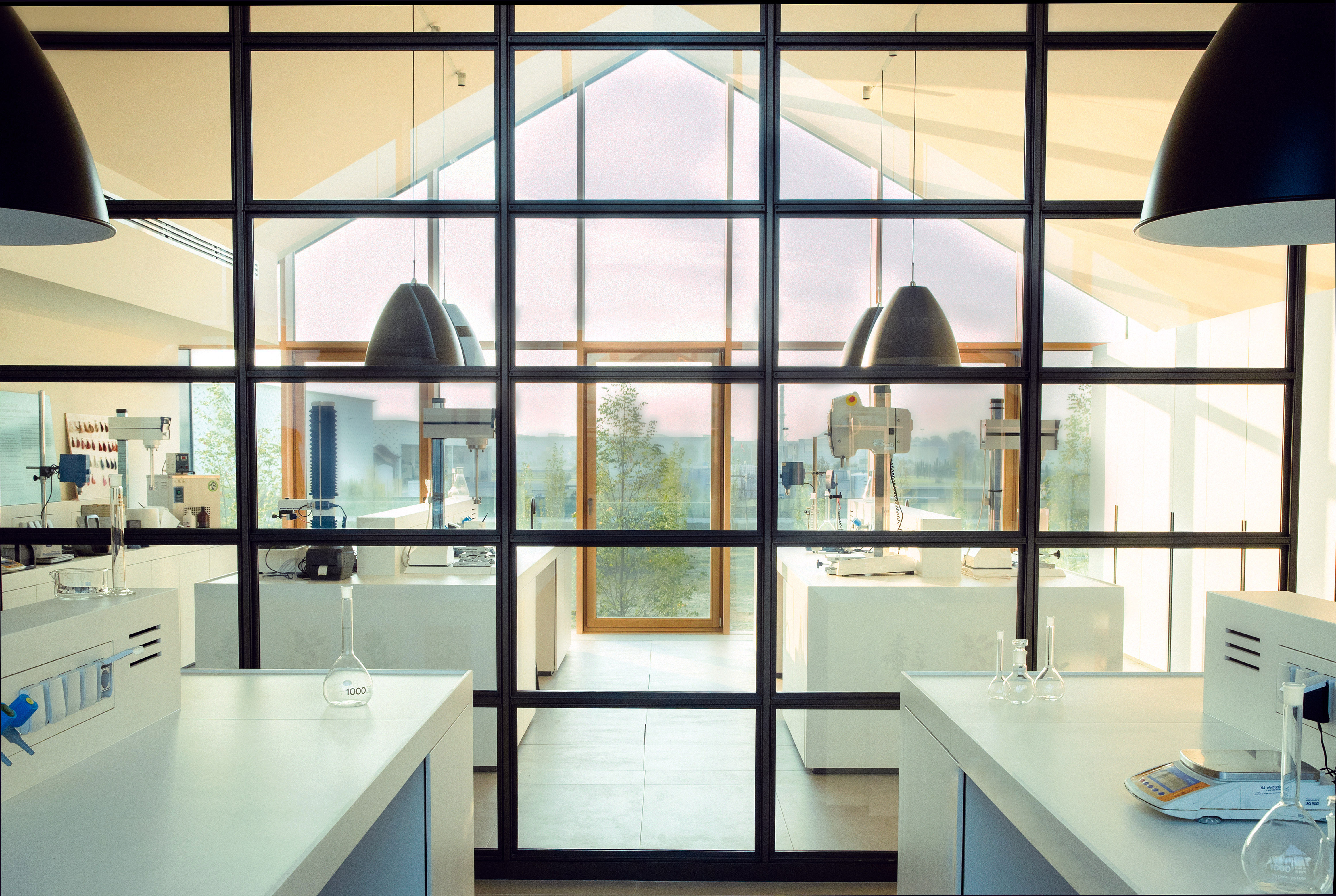
So many eco-conscious initiatives have been factored into the design and operation of the centre that it's impossible to succinctly list them all. But some of the most notable include the fact that no single-use plastics are used anywhere on site, the restaurant's organic waste is repurposed for the garden using a dehydrator, and 100 per cent of the electricity used is derived from renewable sources, such as photovoltaic panels, a solar thermal system and a geothermal system.
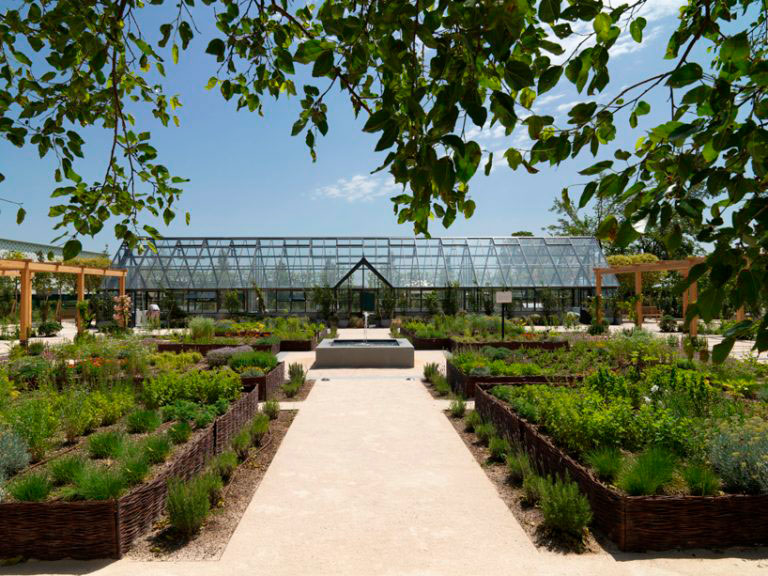
The remaining 80 per cent of Davines Village is dedicated to green spaces, including four expansive gardens – the Garden of Aromas, the Medical Garden, the Garden of Colors and the Garden of Perfumes. There is also a greenhouse that houses an area made for cultivating citrus fruits typical of the Mediterranean, another area made for plants of the humid tropical zones, such as the banana tree, and another for dry tropical areas where catai are commonly found.
Davines team of researchers use the plants grown in these green areas to develop the formulations that eventually become Davines haircare and [comfort zone] skincare. Then, once the formulations are developed, the brand outsources the growth of the ingredients it will need to local farmers all of whom are carefully vetted by the brand for their sustainable farming practices.

The ‘Sacred Nature’ skincare collection is the most recent creation to come out of the Davines Village, and perhaps the most innovative one yet. The seven product line includes everything from cleansers and serums to masks and moisturisers, each formulated with the brand’s new ‘Scientific Garden Extract.’
The Extract is a unique, bio-fermented complex made from elderberries, known for their antibacterial properties, pomegranate peels, used as UV protection damage, and myrtle leaves, which have proven anti-aging benefits. Unsurprisingly, all of the ingredients are sustainably sourced. Either they grown by local Italian farmers who practice regenerative agriculture or, in the case of the pomegranate peels, are made from the waste of a Florence-based juice company.
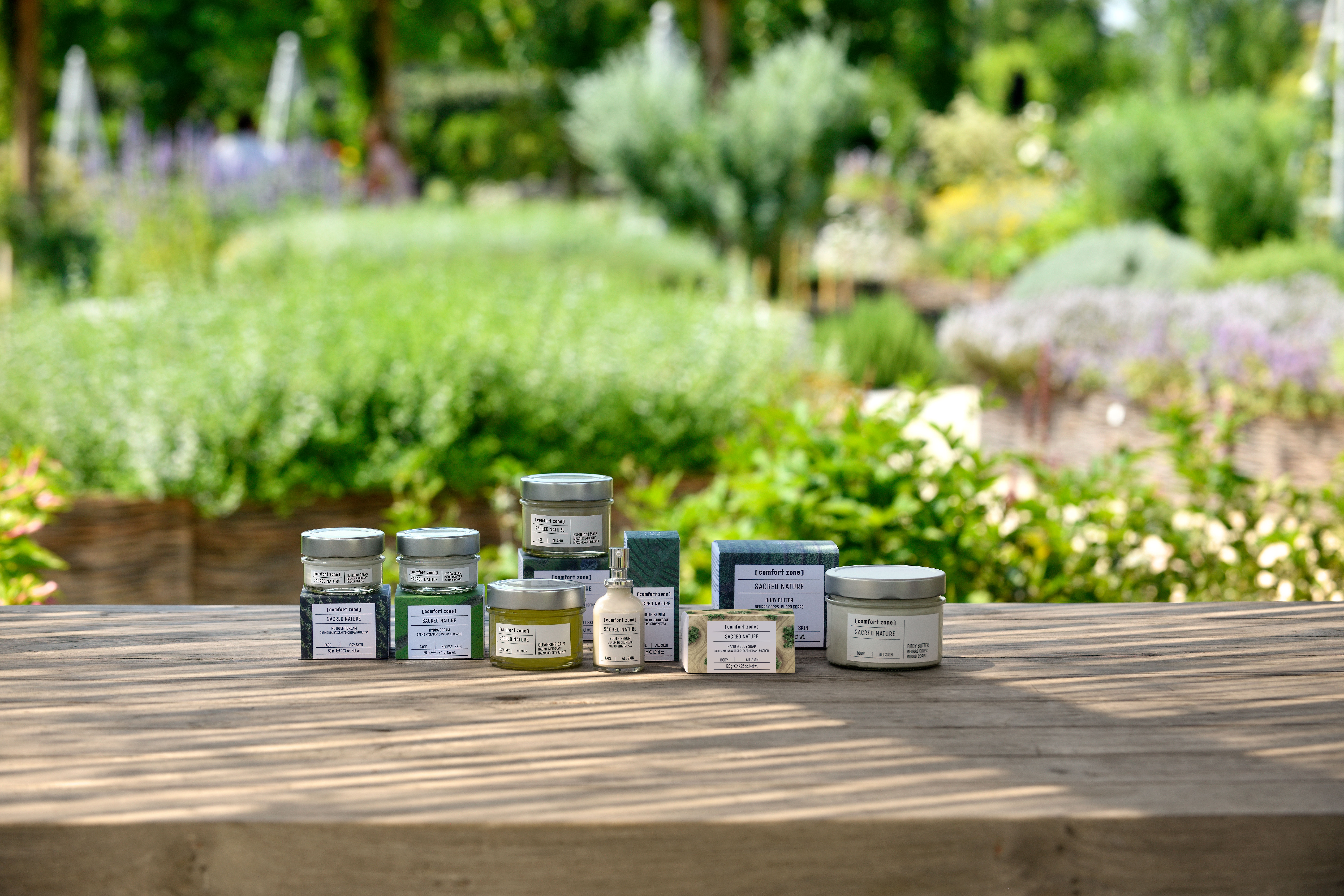
INFORMATION
Receive our daily digest of inspiration, escapism and design stories from around the world direct to your inbox.
Mary Cleary is a writer based in London and New York. Previously beauty & grooming editor at Wallpaper*, she is now a contributing editor, alongside writing for various publications on all aspects of culture.
-
 The Bombardier Global 8000 flies faster and higher to make the most of your time in the air
The Bombardier Global 8000 flies faster and higher to make the most of your time in the airA wellness machine with wings: Bombardier’s new Global 8000 isn’t quite a spa in the sky, but the Canadian manufacturer reckons its flagship business jet will give your health a boost
-
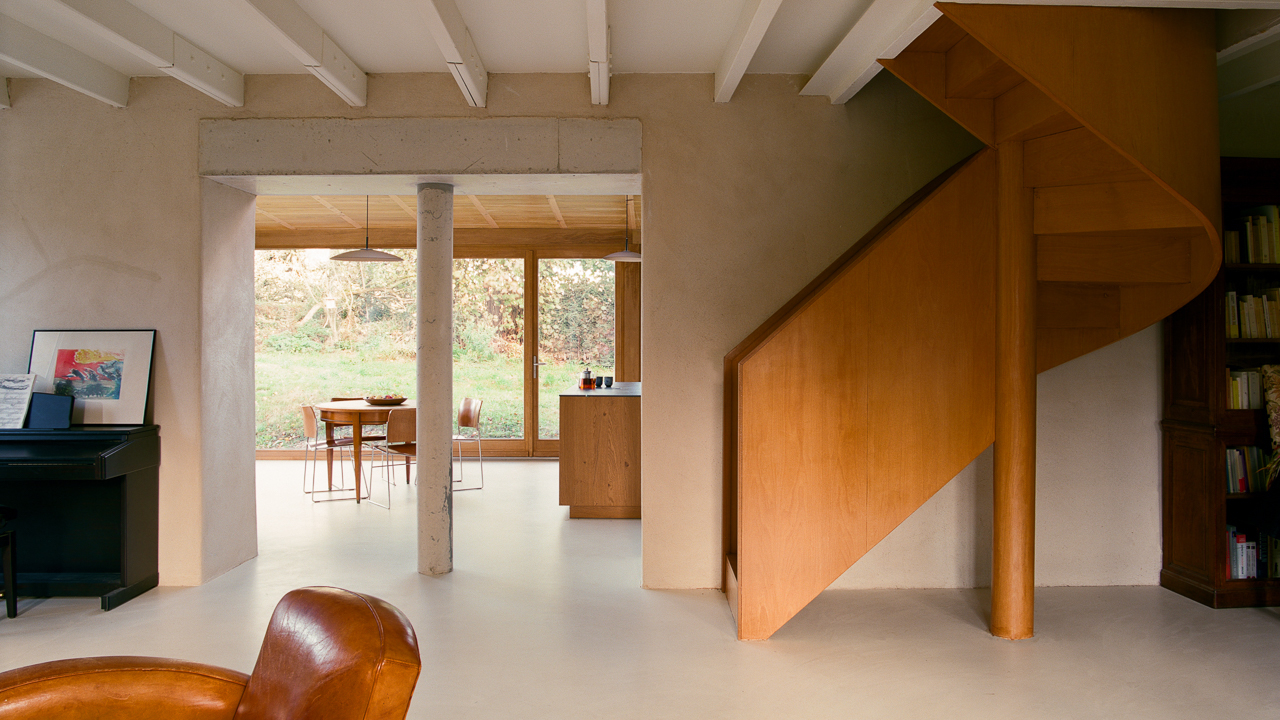 A former fisherman’s cottage in Brittany is transformed by a new timber extension
A former fisherman’s cottage in Brittany is transformed by a new timber extensionParis-based architects A-platz have woven new elements into the stone fabric of this traditional Breton cottage
-
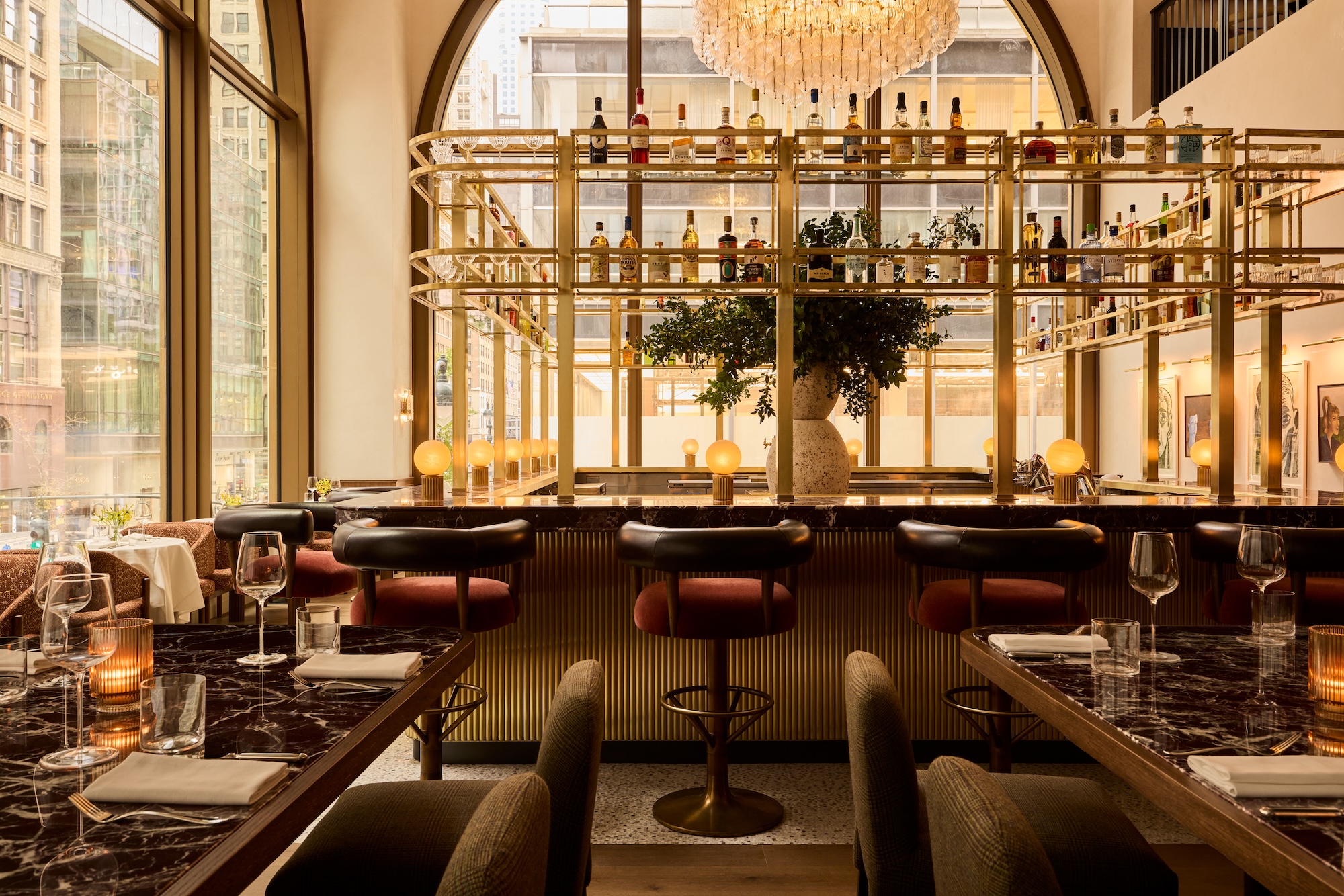 New York's members-only boom shows no sign of stopping – and it's about to get even more niche
New York's members-only boom shows no sign of stopping – and it's about to get even more nicheFrom bathing clubs to listening bars, gatekeeping is back in a big way. Here's what's driving the wave of exclusivity
-
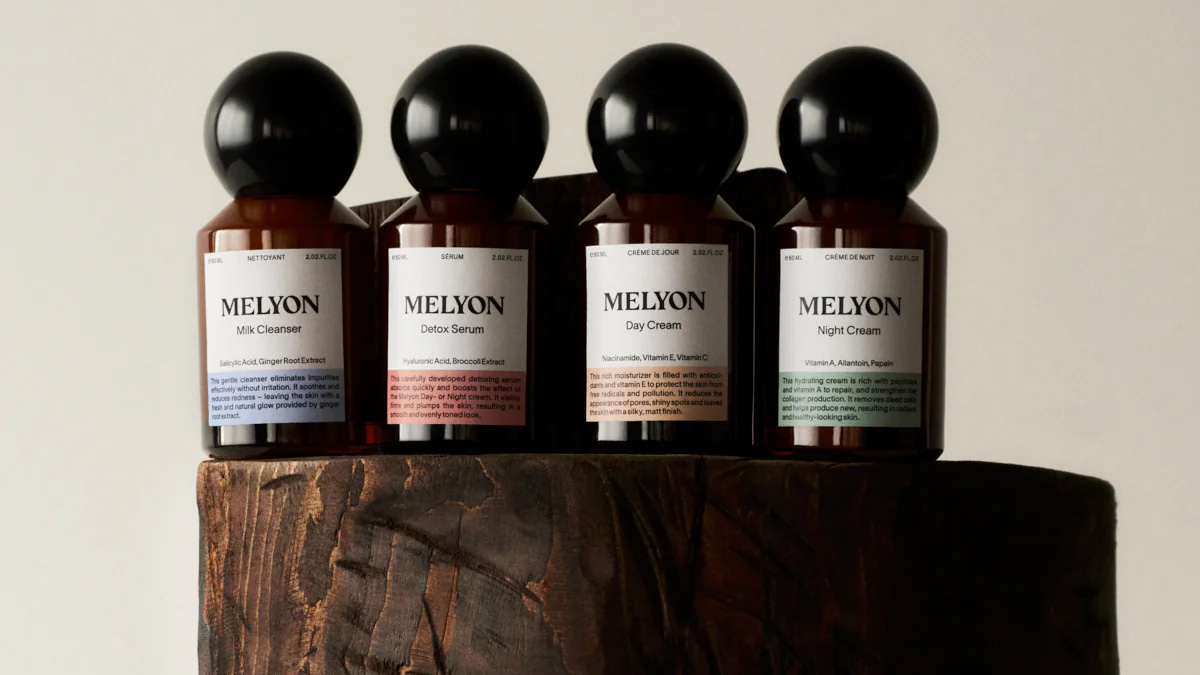 Discover the vegan skincare brand suited to your skin type
Discover the vegan skincare brand suited to your skin typeOur edit of vegan skincare brands reviews the most effective formulations for every skin type, age, and budget
-
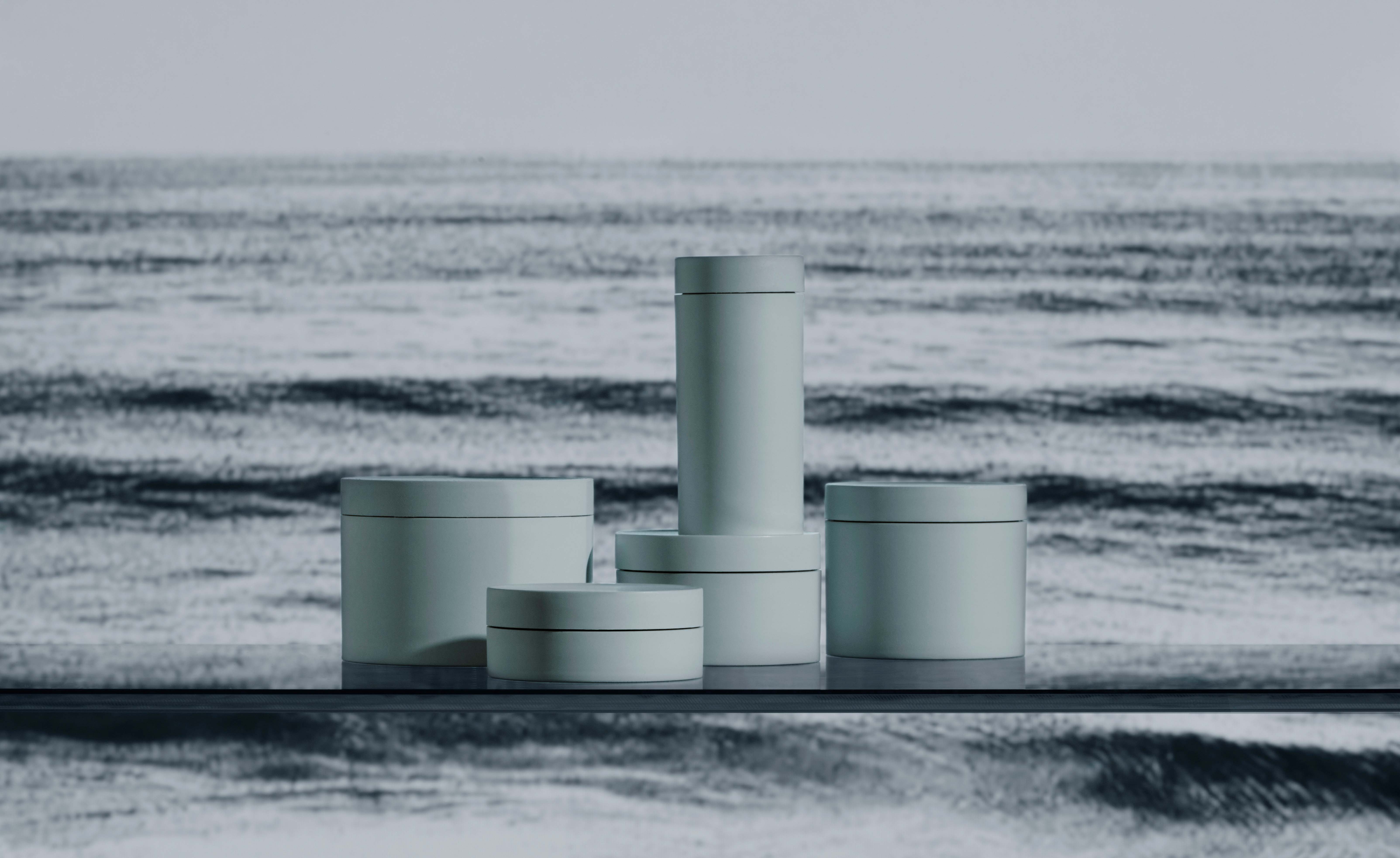 Hæckels 2.0 is revolutionising sustainable skincare
Hæckels 2.0 is revolutionising sustainable skincareHæckels 2.0 is launching today. We explore how the brand is reinventing itself and what it means for the future of sustainable beauty
-
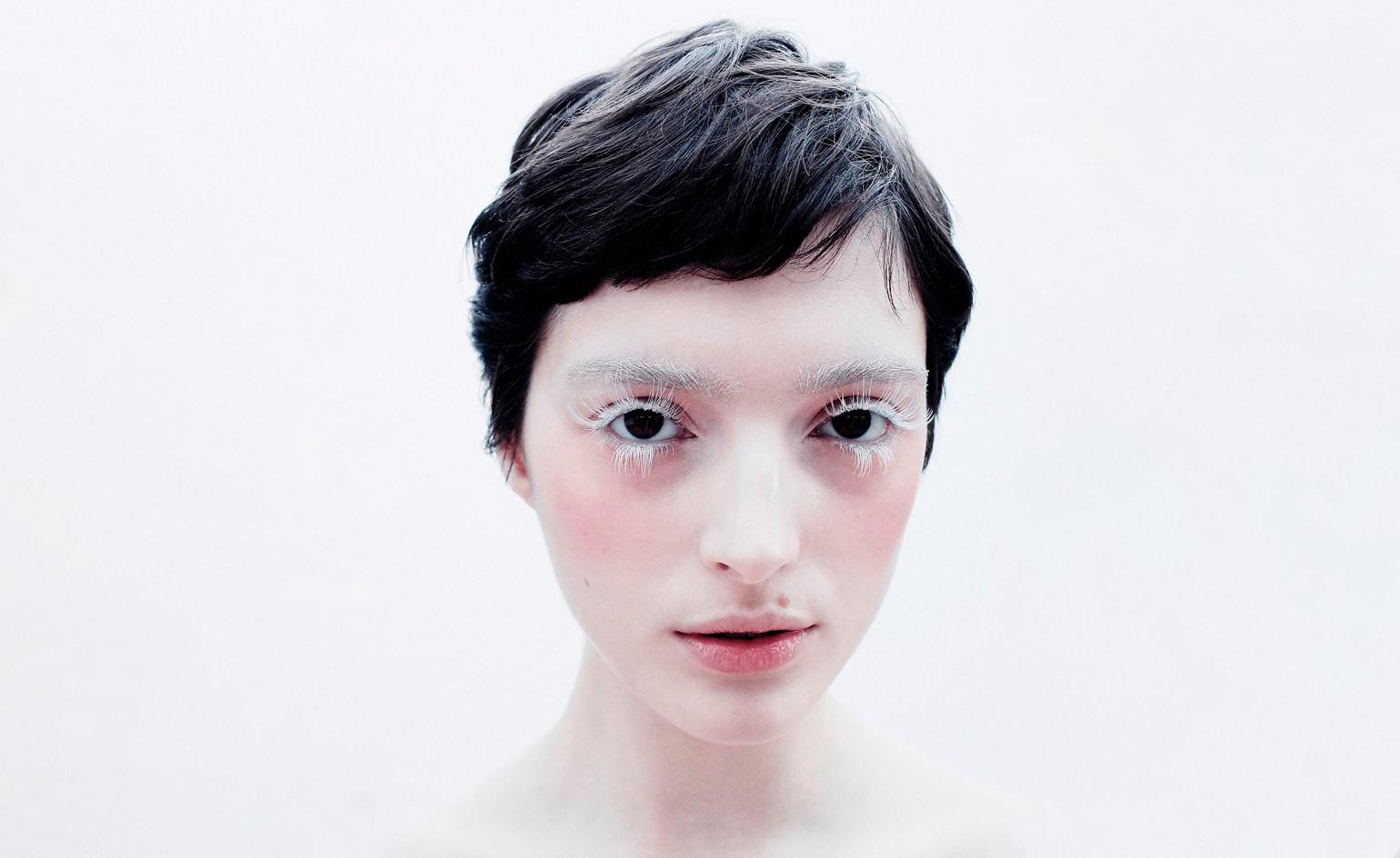 Year in review: beauty & grooming editor Mary Cleary picks top 10 innovations in beauty of 2021
Year in review: beauty & grooming editor Mary Cleary picks top 10 innovations in beauty of 2021From ephemeral tattoos to virtual reality make-up, Wallpaper’s Mary Cleary reveals her top 10 stories of 2021 exploring innovations in beauty & grooming
-
 Sustainable skincare brands: subscriptions to help you and the planet
Sustainable skincare brands: subscriptions to help you and the planetNeed one less thing to think about? Try subscribing to these eco-conscious beauty and grooming services
-
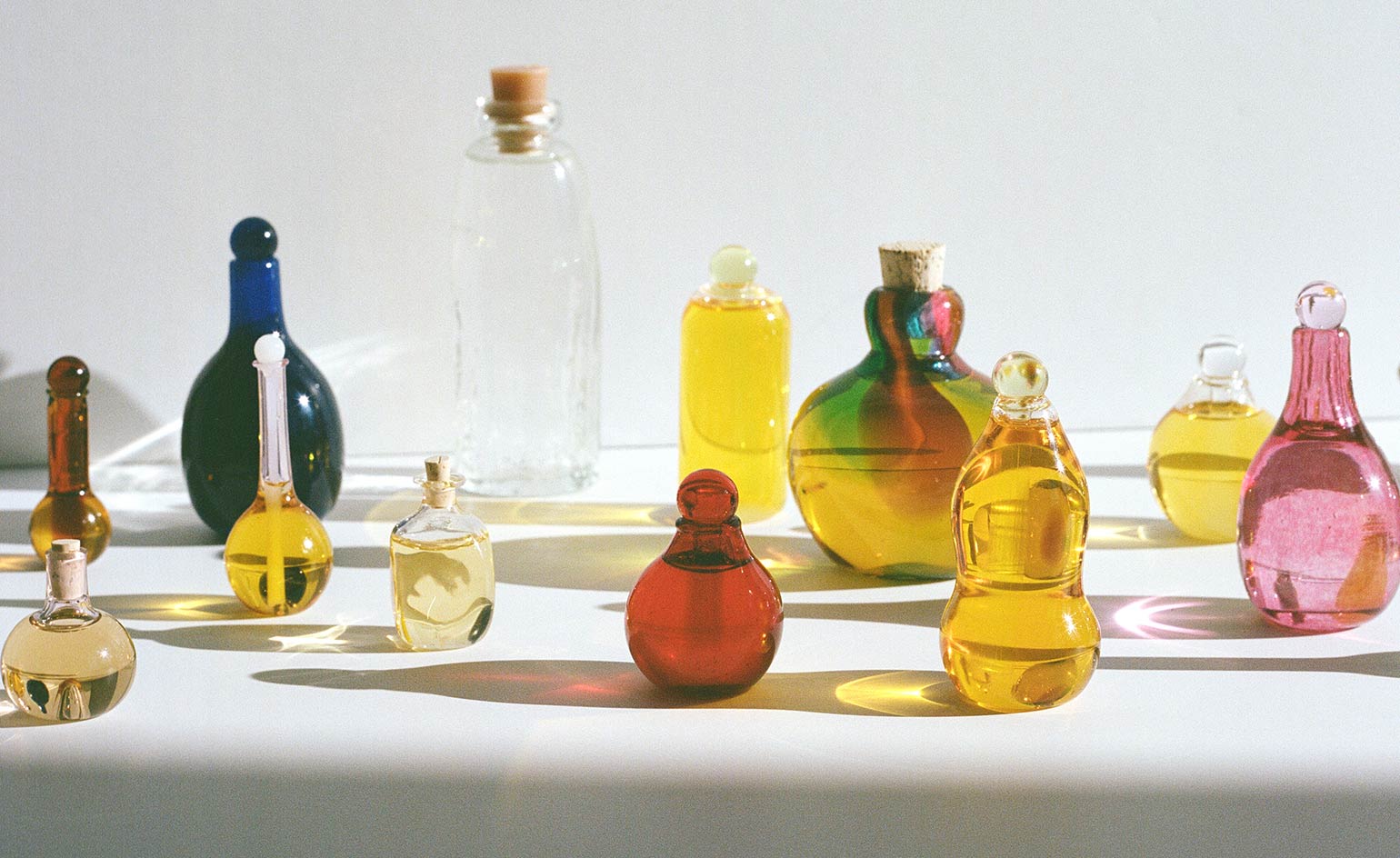 Kindred Black gives sustainable skincare a new look
Kindred Black gives sustainable skincare a new lookKindred Black's Slow Beauty line elevates sustainable skincare to new heights with handblown glass bottles and innovative ingredients
-
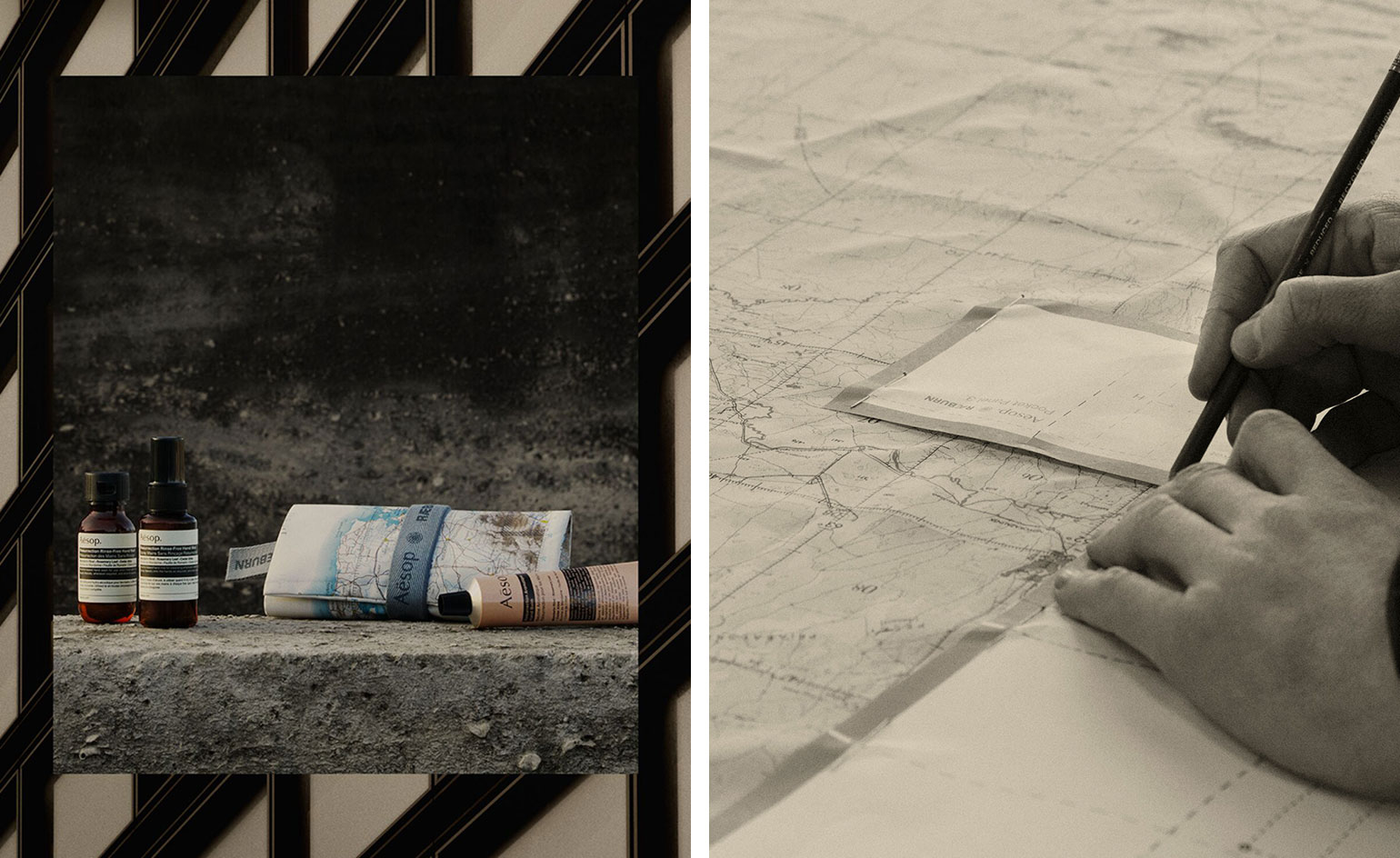 Christopher Raeburn and Aesop redefine adventure for today
Christopher Raeburn and Aesop redefine adventure for todayThe Adventure Roll-Up is a sustainable carrying case for hand care that can be made at home, created by Christopher Raeburn and Aesop
-
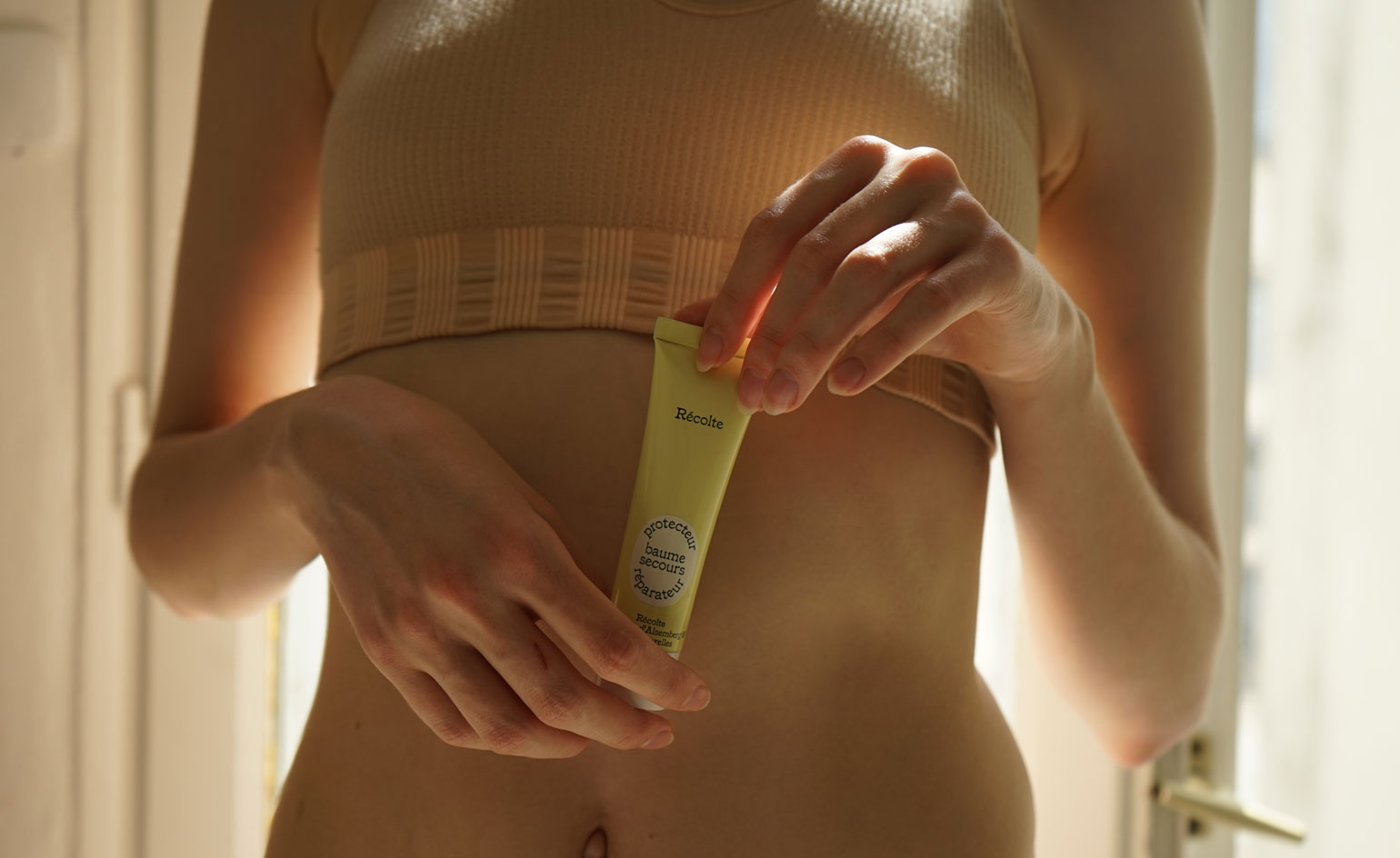 Sustainable beauty co-op Récolte goes big on branding in Brussels
Sustainable beauty co-op Récolte goes big on branding in Brussels